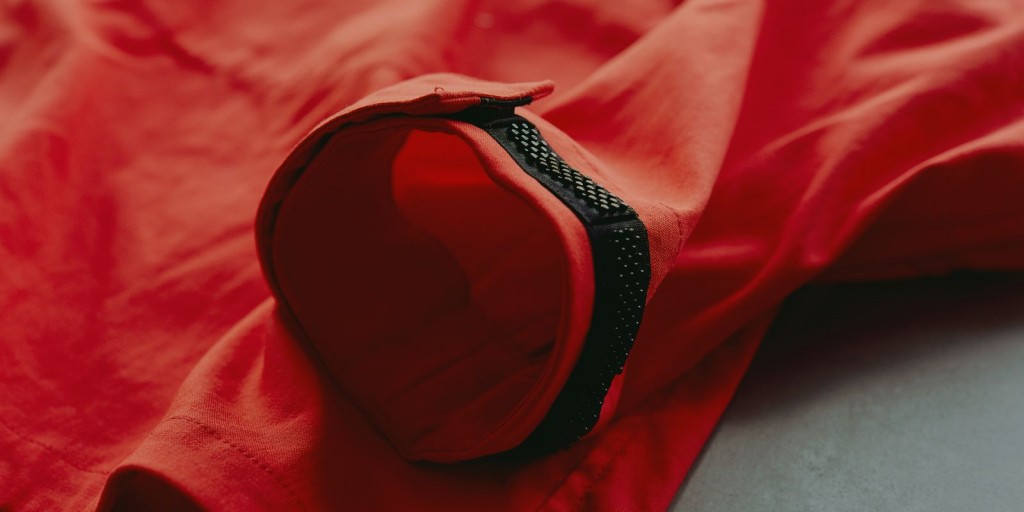Ana Andjelic: How Everlane, Outlier, and Patagonia are tapping into the ‘social activewear’ phenomenon.
NEW YORK — We are transforming into a collaborative society, argues Dutch trend forecaster, Li Edelkoort. In taking stock of current trends, her thesis certainly passes the smell test.
Be it economic, social, or even environmental necessity — or, perhaps more likely, a mixture of both — we find ourselves spending an increasing amount of time working together now, far more than we do competing against each other.
For instance, in business, the capacity of individuals and organizations to collaborate is seen as the new competitive advantage. Several industries, for instance — transportation, tech, entertainment, retail, food, and hospitality, among them — all got turned on their heads by business models rooted in collective exchange.
The clothes we wear express this economic dynamic in tangible form. If the late 20th century was punctuated by punk, the 21st century is currently being defined by social activewear. Punk is against something; social activewear is for something. Punk is wearing political affinity bannered across one’s chest; social activewear is about wearing a plain t-shirt that’s sustainably produced. Punk is the angst of us versus them; social activewear is about solidarity and us coming together.
Not to be confused with normcore, its “let me blend in” cousin, social activewear is about turning basics into a statement. It’s about reclaiming freedom in the world that turned choice into an illusion of individuality.
Social activewear says “let me express my individuality by wearing the same thing over and over again.” It’s like a military uniform — easy to identify with, and when someone wears it, they know there are many others who have their back and who share their values. There’s confidence and comfort in that.
Just ask Everlane, Outlier, Patagonia, Reformation, or Cult Gaia. These brands all propose new ideas to society through fabric.
But despite the power of this dynamic, fashion, by and large, still chooses market itself the old way by basically saying, “When you wear this garment, you slay.” Social activewear, however, is the exact opposite: It’s not about you, it’s about the power of the collective that purchases, believes, and endorses that shared belief. It’s a promise of what you can do when you all are together.
This is a new phenomenon. An approach to clothing that looks like a mere efficiency is an act of social activism, because refusal of choice as a marker of individuality is social activism. Individuality comes from identification with purpose, values, and with many others who share them. It’s not about a custom-made iPhone case.
You don’t need to wear a political slogan in order to be socially active. In fact, more often than not, an act of wearing a political slogan is an excuse for not acting in any other way. But social activewear is about the materials our clothes are made of, about the production process of the company that makes them, and about the ideas and beliefs a brand stands for and gathers its community around. We wear social activewear when we want to take a stand — in the boardroom, at the protest, in the gym, at home, on the street.
What we wear is a collective act. It’s expressing oneself through many others. The world is complex, and reasons for anxiety are plenty. The best we can do is to stick together. Our clothes should say that.






